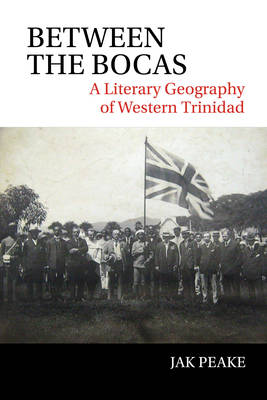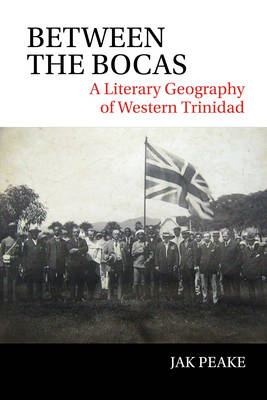
- Retrait gratuit dans votre magasin Club
- 7.000.000 titres dans notre catalogue
- Payer en toute sécurité
- Toujours un magasin près de chez vous
- Retrait gratuit dans votre magasin Club
- 7.000.0000 titres dans notre catalogue
- Payer en toute sécurité
- Toujours un magasin près de chez vous
Description
Situated opposite the mouth of the Orinoco River, western Trinidad has long been considered an entrepôt to mainland South America. Trinidad's geographic position--seen as strategic by various imperial governments--led to many heterogeneous peoples from across the region and globe settling or being relocated there. The calm waters around the Gulf of Paria on the western fringes of Trinidad induced settlers to construct a harbour, Port of Spain, around which the modern capital has been formed. From its colonial roots into the postcolonial era, western Trinidad therefore has played an especial part in the shaping of the island's literature. Viewed from one perspective, western Trinidad might be deemed as narrating the heart of the modern state's national literature. Alternatively, the political threats posed around San Fernando in Trinidad's southwest in the 1930s and from within the capital in the 1970s present a different picture of western Trinidad--one in which the fractures of Trinidad and Tobago's projected nationalism are prevalent.
While sugar remains a dominant narrative in Caribbean literary studies, this book offers a unique literary perspective on matters too often perceived as the sole preserve of sociological, anthropological or geographical studies. The legacy of the oil industry and the development of the suburban commuter belt of East-West Corridor, therefore, form considerable discursive nodes, alongside other key Trinidadian sites, such as Woodford Square, colonial houses and the urban yards of Port of Spain. This study places works by well-known authors such as V. S. Naipaul and Samuel Selvon, alongside writing by Michel Maxwell Philip, Marcella Fanny Wilkins, E. L. Joseph, Earl Lovelace, Ismith Khan, Monique Roffey, Arthur Calder-Marshall and the largely neglected novelist, Yseult Bridges, who is almost entirely forgotten today. Using fiction, calypso, history, memoir, legal accounts, poetry, essays and journalism, this study opens with an analysis of Trinidad's nineteenth century literature and offers twentieth century and more contemporary readings of the island in successive chapters. Chapters are roughly arranged in chronological order around particular sites and topoi, while literature from a variety of authors of British, Caribbean, Irish and Jewish descent is represented.Spécifications
Parties prenantes
- Auteur(s) :
- Editeur:
Contenu
- Nombre de pages :
- 344
- Langue:
- Anglais
- Collection :
- Tome:
- n° 5
Caractéristiques
- EAN:
- 9781800855762
- Date de parution :
- 01-08-21
- Format:
- Livre broché
- Format numérique:
- Trade paperback (VS)
- Dimensions :
- 156 mm x 234 mm
- Poids :
- 480 g

Les avis
Nous publions uniquement les avis qui respectent les conditions requises. Consultez nos conditions pour les avis.






